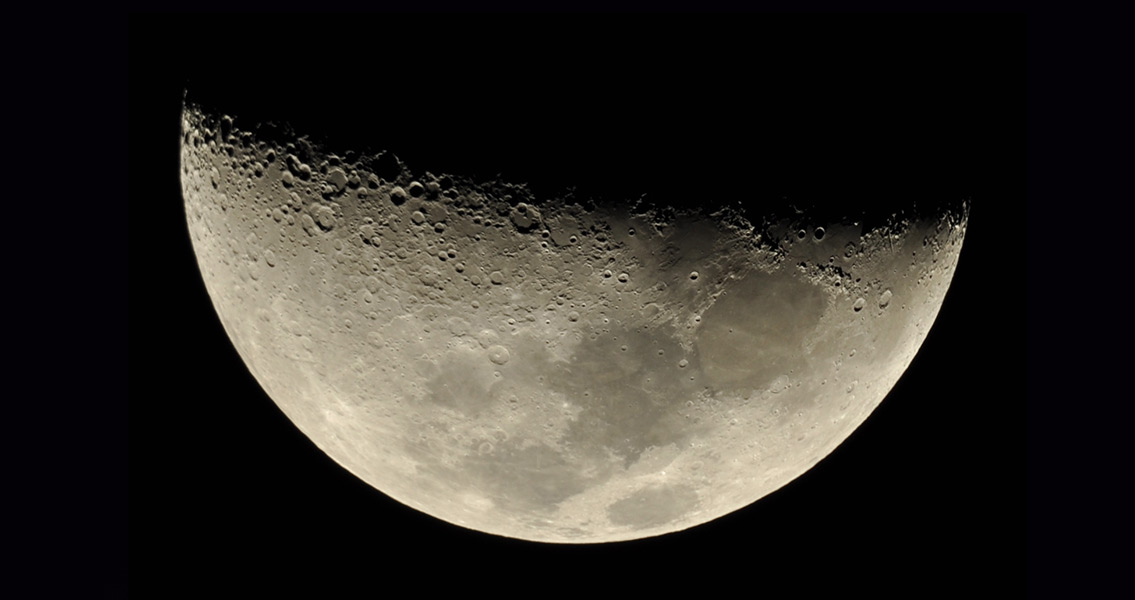<![CDATA[A new research study has questioned whether modern methods for dating meteorite impacts on Earth are factually accurate. Far in the Earth’s past, there were two cataclysmic events that helped form both our home and our moon. Figuring out when these events occurred has in the past been a function of analyzing crystallized zircons left over from these events, with these studies positing that the event which formed our moon occurred roughly 50 million years into the life of our planet. Additionally, another set of cataclysmic events in the form of a number of impacts that turned the surface of the Earth into a nightmarish hellscape are thought to have occurred around 4 billion years in the past, also according to zircon analysis. Both the bombardment and the earlier super-collision that created the moon are widely accepted as fact, though there’s little in the way of definitive proof of the events. This has made discovering additional information a priority for geoscientists, especially when it comes to re-examining the zircons retrieved from NASA’s lunar missions 40 years ago, as well as those discovered on Earth. One such study, which examined zircons left behind by a massive meteorite strike in what would one day become modern-day South Africa, has questioned the methods used in the past to date these impacts. The major problem in dating zircons is that they have been separated from the rocks they formed within. These “ex situ” zircons make it impossible to corroborate impact evidence, according to Aaron Cavosie, a Geoscience professor from the University of Wisconsin-Madison and a member of the NASA Astrobiology Institute. The scientist confirmed in a recent press release from the university that zircon is indeed ideal for dating a number of geological processes, although using ex situ zircon is problematic in dating large impacts of known ages. Even zircons displaying evidence of shock from a meteorite impact lack “critical contextual information” if they became separated from their host rocks in the process, Cavosie added. Zircons can be used as a tool to date events thanks to the presence of uranium, which decays at a known rate and in turn accumulates lead isotopes within the crystal. Measuring these isotopes and comparing them to the known half-life of uranium provides researchers an avenue for determining a zircon's age. Cavosie and his colleagues say that there’s a possibility that lead can be driven off during a meteorite impact, “resetting the clock” so to speak and recording exactly how long ago the impact occurred. As a result, such procedures have aided in pinpointing the later bombardment in the Earth’s past to anywhere between 3.9 billion to 4.3 billion years ago. However, the possibility exists that zircons present during an meteorite strike may not get their “clock” reset reliably, according to the scientists’ research. A large number of the grains of zircon present at the time of the South African meteorite impact actually do not reflect its age. Instead they record the age of the rocks in which they were formed, which Cavosie remarked were around 1 billion years older. For more information: www.geology.gsapubs.org]]>
Impact Dating Methods Questioned by New Survey
